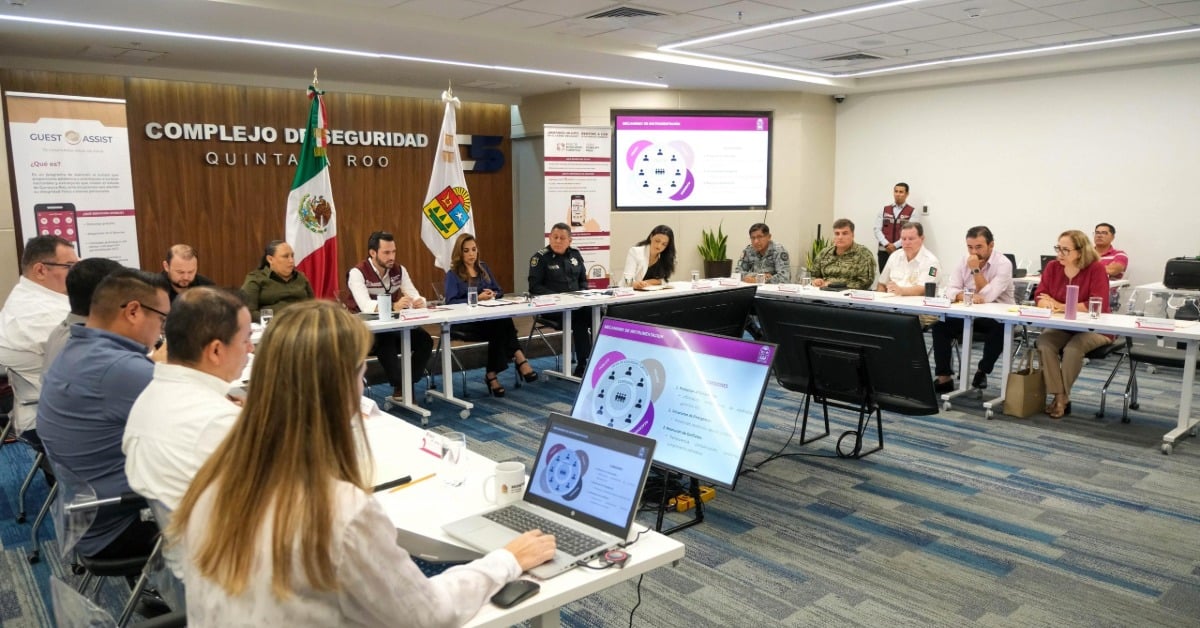Governor Lezama unveils a new risk matrix and emergency assistance protocol to strengthen Quintana Roo tourism security and safeguard visitors . . .

Governor Lezama unveils a new risk matrix and emergency assistance protocol to strengthen Quintana Roo tourism security and safeguard visitors . . .
